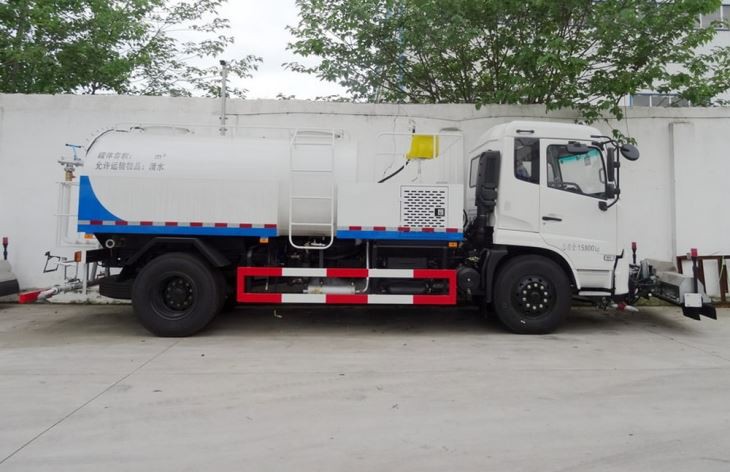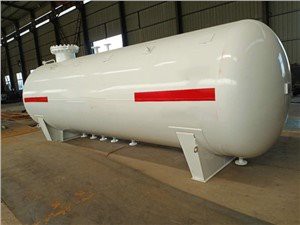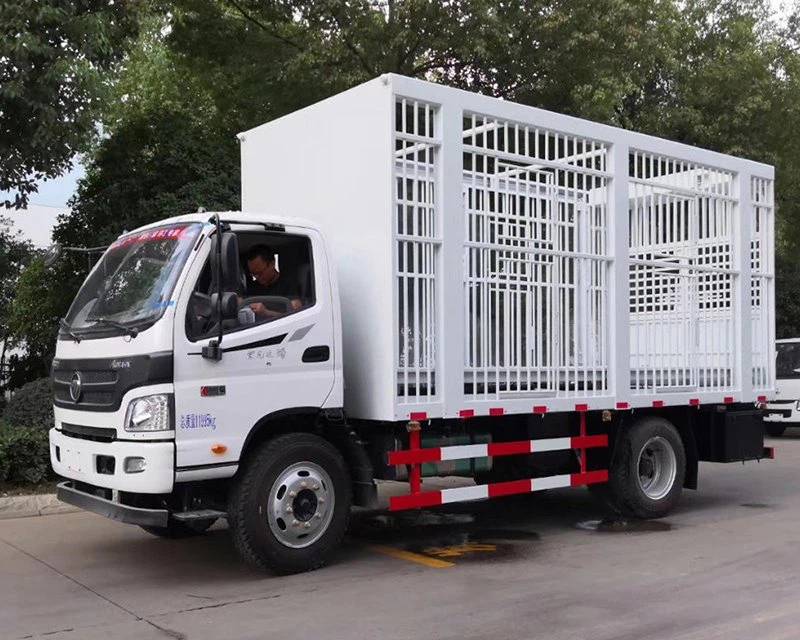Understanding the Role and Importance of a CurbTender in Modern Infrastructure

Introduction to CurbTender
The term “curbtender” refers to a specialized professional who plays a pivotal role in civil engineering, particularly in urban development and road construction. As cities expand and evolve, managing and constructing curbs becomes crucial for effective drainage, traffic management, and pedestrian safety. This article provides a comprehensive overview of curbtenders, detailing their responsibilities, skills, and the technologies they use to ensure the structural integrity and functionality of curbing solutions.
The Role of a CurbTender
Defining Responsibilities

A curbtender’s primary responsibilities include designing, installing, and maintaining curbs according to local regulations and safety standards. They work closely with urban planners, engineers, and construction teams to ensure that curbing systems align with the overall infrastructure goals.
Key Functions of a CurbTender
- Design and Planning: Collaborating with engineers to design curb layouts that facilitate proper drainage and traffic flow.
- Installation: Overseeing the physical installation of curbs, ensuring compliance with specifications.
- Maintenance: Conducting regular inspections and repairs to prolong the lifespan of curbing systems.
- Community Engagement: Educating local communities about the benefits and importance of properly installed curbs.
Skills Required for a CurbTender
Technical Skills
A curbtender must possess several technical skills, including an understanding of materials, construction techniques, and drainage systems. Familiarity with tools like curb machines and concrete finishers is also essential.
Soft Skills
- Communication: The ability to convey complex information to diverse audiences.
- Problem-Solving: Quickly addressing issues that arise during the installation or maintenance phases.
- Teamwork: Collaborating with various stakeholders in the construction and municipal sectors.
Types of Curbs and Their Uses
Standard Curbs
Standard curbs are widely used in residential areas to define road edges and prevent the encroachment of vegetation onto the pavement.
Mountable Curbs
Designed to allow vehicles to roll over them, mountable curbs are common in parking lots and low-traffic areas where flexibility is needed.
Concrete Curb and Gutter Systems
This type combines curb and drainage channel, directing water to stormwater systems. It’s an essential infrastructure element in urban areas prone to flooding.
Decorative Curbs
Used in parks and gardens, decorative curbs enhance aesthetic appeal while still providing functional boundaries around landscapes.
Technological Innovations in Curbing
Curb Machine Technology
Modern curbtenders utilize advanced machine technology for curb installation, allowing for quicker and more precise work. These machines can create a variety of curb shapes and sizes according to design specifications.
Software Solutions for Planning
Numerous software tools are available to assist curbtenders in planning and designing curb systems. These tools provide simulations and allow for adjustments in real-time, fostering more efficient decision-making.
Best Practices for Curb Installation
Site Assessment
Before any work begins, a thorough site assessment is necessary. This should include evaluations of soil conditions, drainage needs, and local regulations.
Proper Material Selection
Choosing the right materials is critical. For example, concrete is commonly used for its durability, while asphalt may be more appropriate for flexible curbing options.
Adhering to Regulations
Every installation must comply with local, state, and federal guidelines. This includes understanding ADA (Americans with Disabilities Act) requirements for curb ramps.
Case Studies: Successful CurbTender Projects
| Project Name | Location | Outcome | Innovative Techniques Used |
|---|---|---|---|
| Downtown Revitalization | Springfield | Improved pedestrian safety and traffic flow | Integrated drainage systems within curb structures |
| Park Redevelopment | Riverdale | Enhanced accessibility for all users | Use of decorative curbs for aesthetic appeal |
Challenges Faced by CurbTenders
Environmental Considerations
Climate change and increasing rainfall patterns pose new challenges. Curb tenders need to design drainage solutions that can handle extreme weather while promoting sustainability.
Budget Constraints
Many projects are limited by budgetary constraints. A curbtender must creatively optimize resources while maintaining quality standards.
Technological Adaptation

With rapidly evolving technologies, continuous education and training are essential to keep abreast of the latest advancements in curb design and installation.
Impact of CurbTenders on Urban Development
Community Safety
Properly installed curbs reduce accidents and injuries, particularly in high-traffic areas, making communities safer for pedestrians and motorists alike.
Economic Growth
Well-maintained infrastructure attracts businesses and investments, promoting economic growth in urban areas.
Environmental Benefits
Effective curbing systems improve stormwater management, reducing flooding risks and promoting the health of local ecosystems.
FAQs

What qualifications are required to become a curbtender?
Typically, a combination of technical training in civil engineering and hands-on experience in construction is essential. Some may also pursue specific certifications related to curb installation.
How do curbtenders ensure compliance with legal regulations?
Curbtenders stay informed about local, state, and federal regulations and often collaborate with municipal officials to ensure compliance throughout the design and installation processes.
What materials do curbtenders use for curb installation?
Common materials include concrete, asphalt, and stone, selected based on the specific requirements and conditions of the installation site.
Can decorative curbs serve a practical purpose?
Yes, decorative curbs not only enhance aesthetics but also serve to delineate spaces and guide pedestrian traffic while maintaining structural integrity.
What are the most common challenges faced by curbtenders?
Common challenges include adapting to changing environmental conditions, working within budget constraints, and keeping up with technological advancements.
How does a curbtender contribute to sustainability in urban development?
By designing effective drainage systems and promoting the use of eco-friendly materials, curbtenders play a vital role in sustainable urban infrastructure development.
